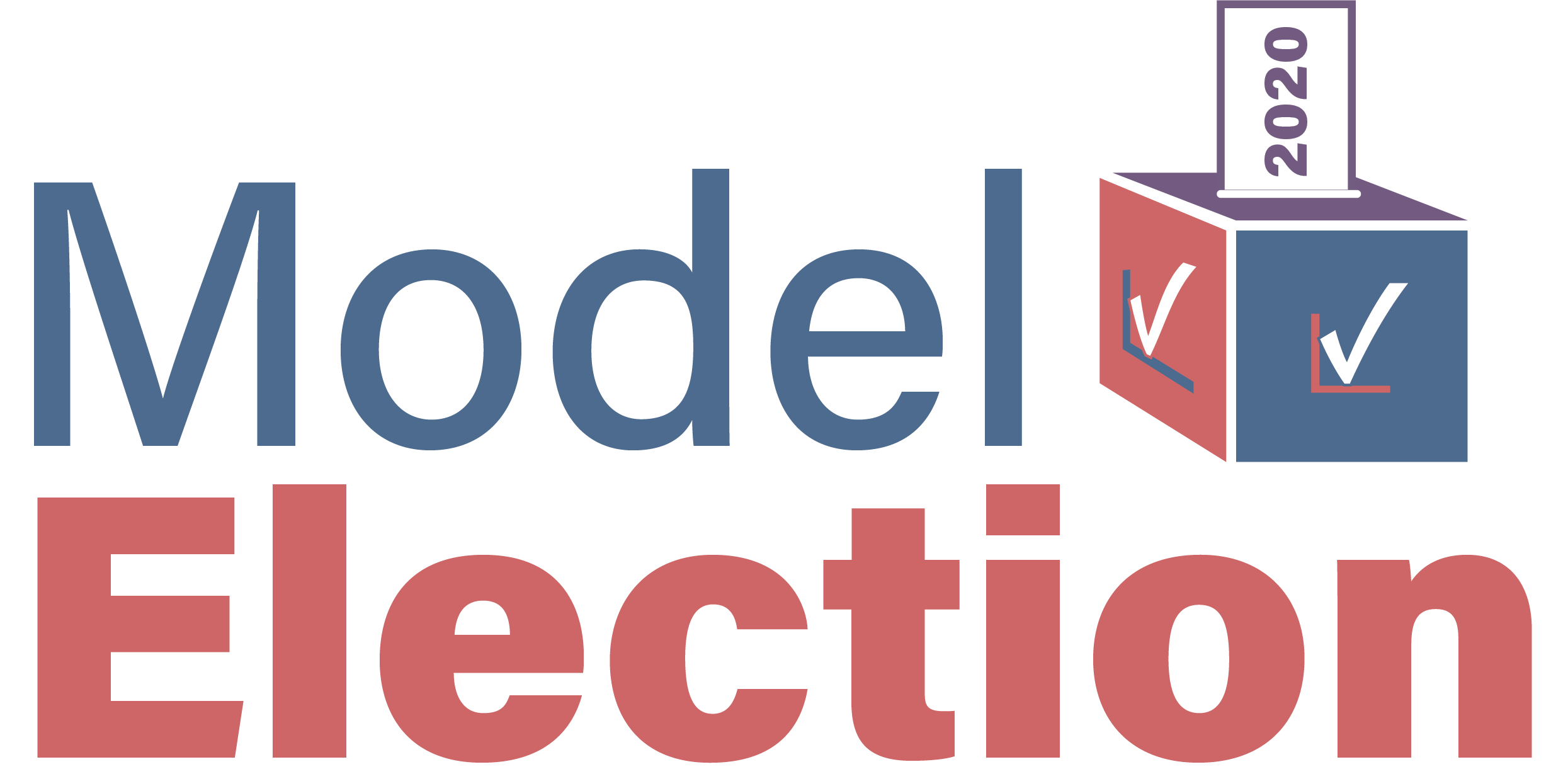About Model Election's Presidential Election Manipulator
The presidential poll manipulator works by calculating the electoral votes of all 50 states when the user shifts either the polls and/or undecided voters to either Joe Biden or Donald Trump.
How To Use It
The vote margin slider shifts candidate support relative to the other candidate.
For example, shifting the slider one tick to the right will increase Trump's support by 0.5% while decreasing Biden's support by the same value, amounting to a total 1% change in support towards Trump.

When the undecided slider is at its default value of 50%, all undecided votes split evenly between both candidates. Moving the slider to the left or right will increase the number of undecided voters supporting one candidate over the other.
What Goes Into the Model?
The model uses data from FiveThirtyEight's CSV of presidential polls. Only polls with a 'C' rating or better as rated by FiveThirtyEight are included. Polls are then corrected for pollster bias and are shifted 1.9% toward Republicans if the poll is not a likely voter poll, based on FiveThirtyEight's pollster data and analysis of registered voter versus likely voter polling bias. As election day nears, polls tend to be of the 'likely voter' variety.
The latest 15 days of polling from each state are then averaged. For states without polling data, the median vote share for the Democratic and Republican parties in each state from 2000-2016 is substituted.
Third Parties: The 2020 election has seen scant support for third-party candidates and therefore the projected vote share for third-party candidates for each state is calculated from the median third-party vote share for each state from 2000-2016.
Undecided Voters: The share of undecided voters factors in the expected third party vote share. A state would be calculated as follows:
UNDECIDED VOTE SHARE(STATE) = 1 - state(DEM POLLING) - state(GOP POLLING) - state(MEDIAN THIRD PARTY VOTE 2000-2016)
Background
This 2020 presidential model was created by David Fisher, and was his first attempt at using D3.js to create an interactive model. Future improvements in design and modelling are planned for the 2022 midterms and 2024 presidential election.




© Copyright 2020 Model Election. All Rights Reserved.